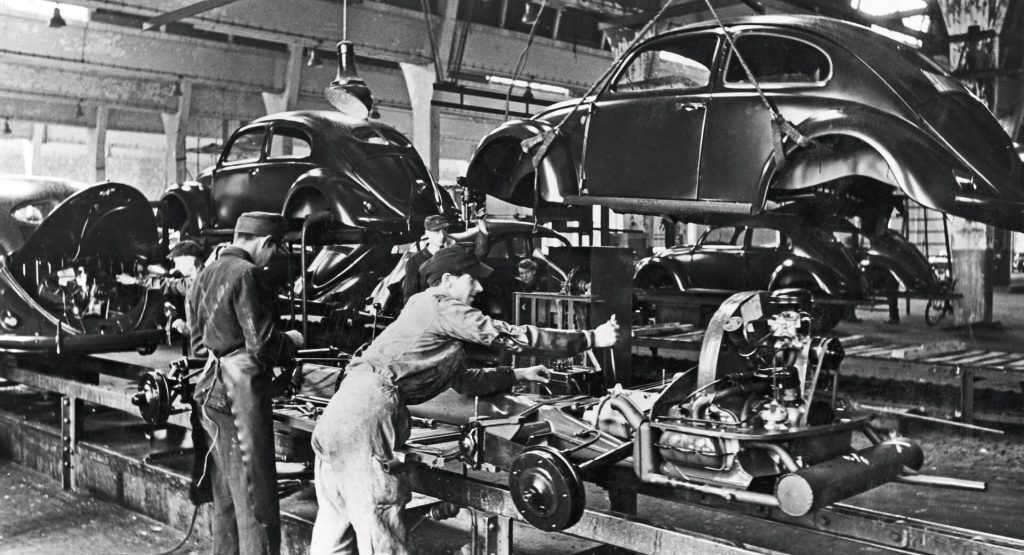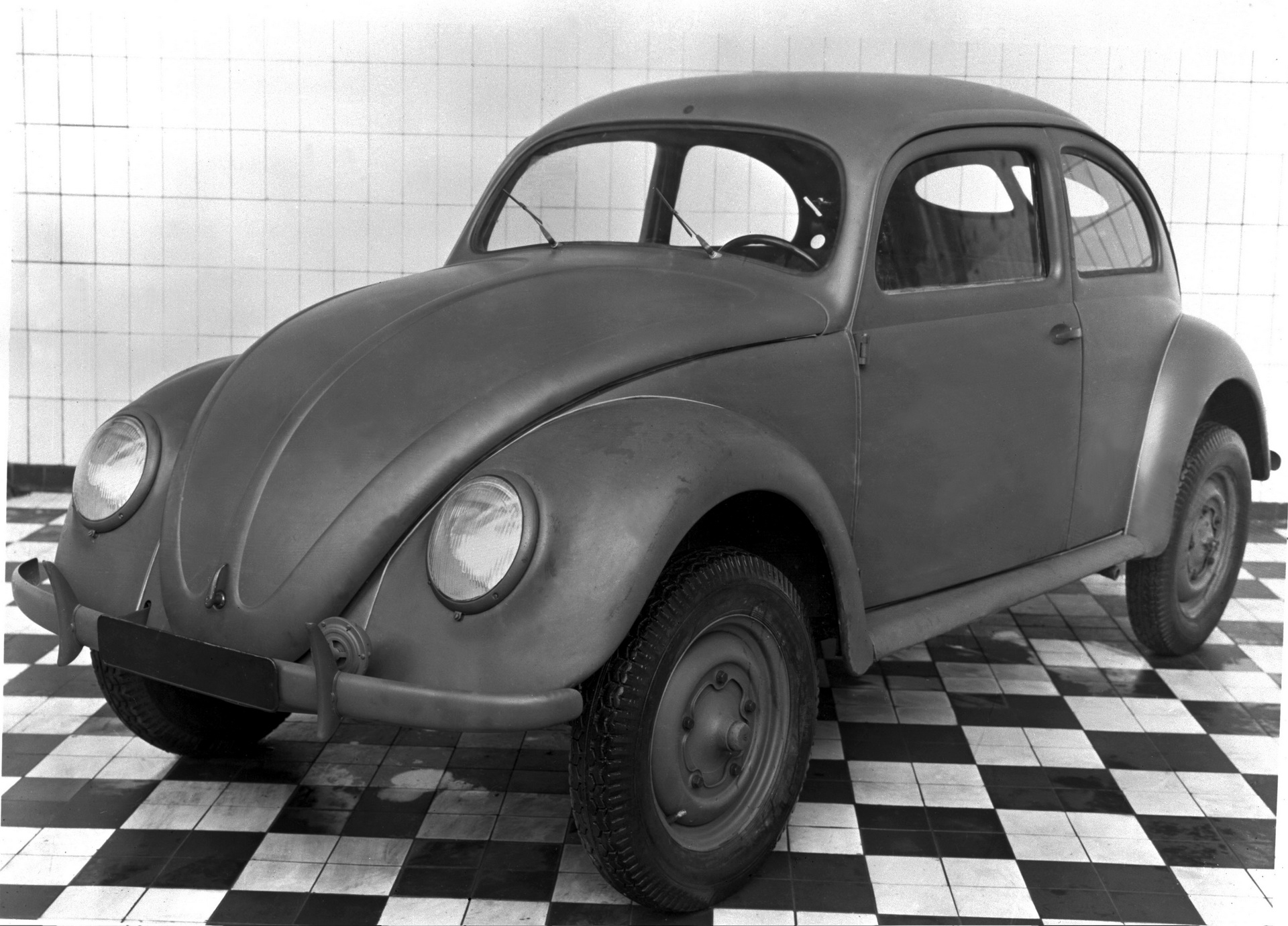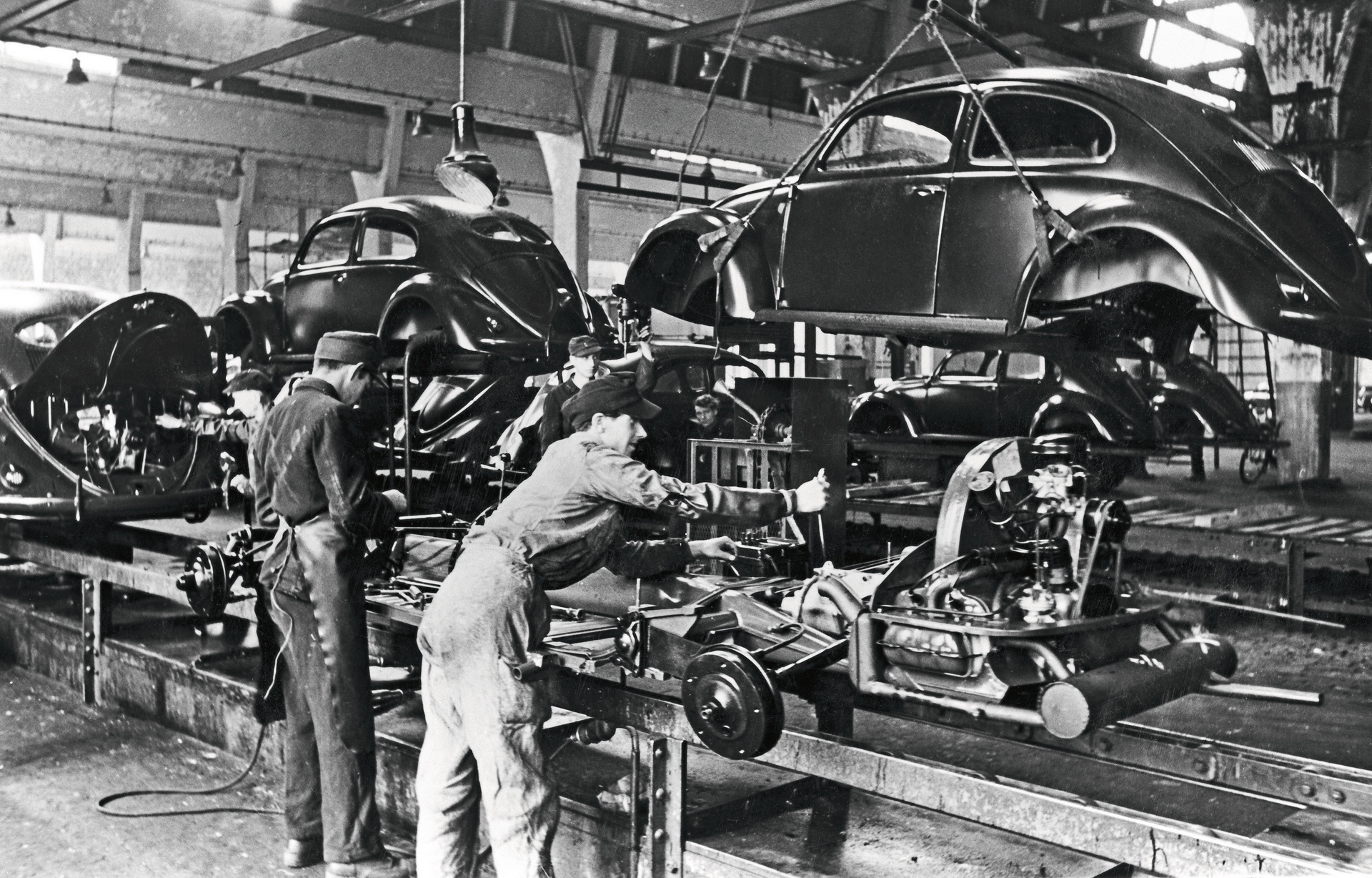The iconic Volkswagen Beetle can trace its roots back to the pre-World War II days, but it was not until 1945, when hostilities ceased, that the model entered full production.
With Germany under Allied control and the British Military Government grabbing the reins of the Wolfsburg facility, it was the strategic vision of Major Ivan Hirst that transformed the factory from an armament maker into a car production site.
‘Type 1’, which was the internal designation of the Beetle, entered full production on December 27, 1945, one month after the Works Council, which was elected in a democratic ballot, held its first meeting, and four months after they received an order for 20,000 vehicles from the British Military Government.
See Also: James May Says Every Car Enthusiast Should Drive A VW Beetle
The production start of the Beetle was seen as the dawn of a new era, one filled with hope in the times that followed the war. However, the first step was a rather small one, considering that they encountered problems not only with raw materials, but also with supplying the workforce with food and living spaces.
By the end of 1945, 55 units were produced, and in the following year, around 1,000 cars were made each month, as increasing the production was not possible due to the lack of personnel and material shortages. Over the next years, the trustees managed to further expand the business, by setting up a sales and after-sales service system, and subsequently, they began exporting the car in 1947.
From here on, the Beetle became the motoring icon that everyone knows, a record-breaker in terms of production duration and volume, with 21,529,464 examples put together until 2019, when the assembly ended altogether.





